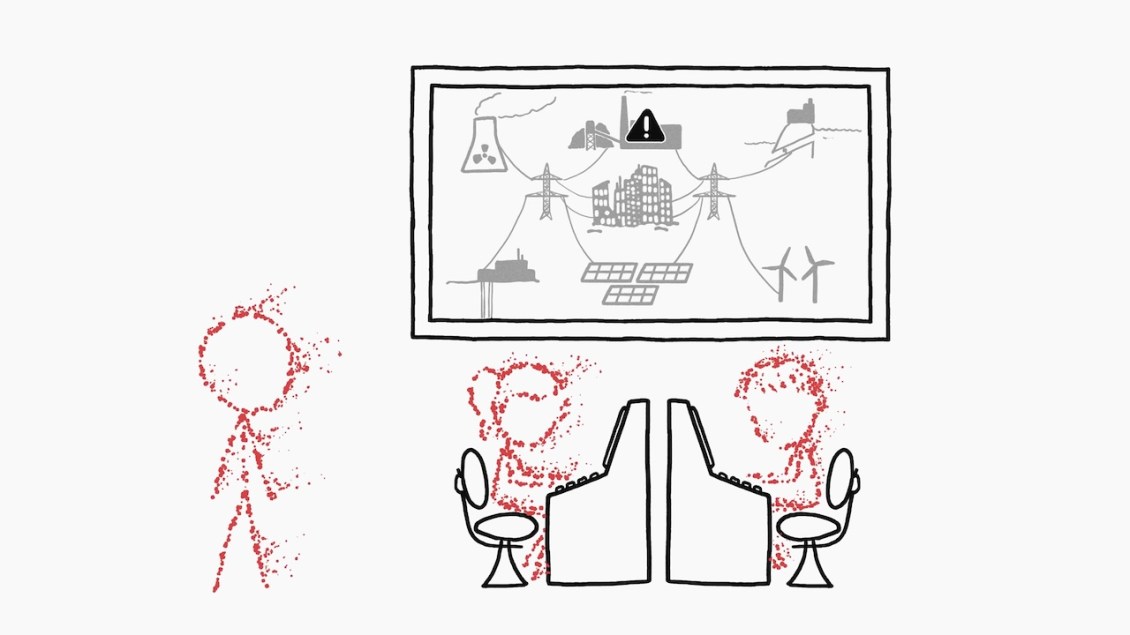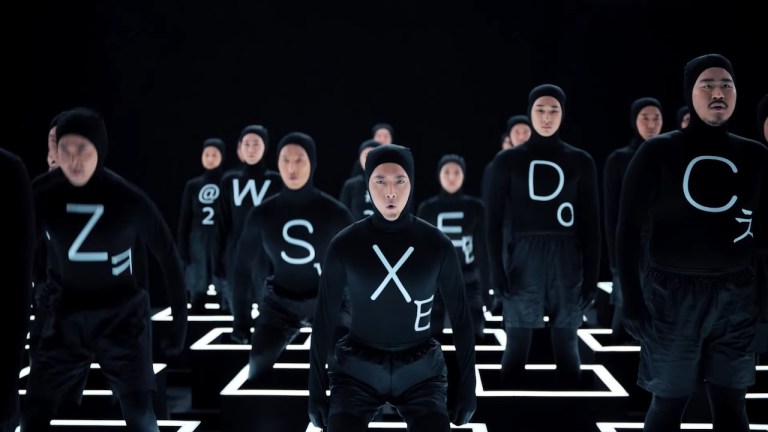When Would the Last Light Source Would Go Out If All Humans Disappeared From Earth
As part of their ongoing “What If?” series, Randall Munroe of xkcd and Henry Reich of MinutePhysics explained when the last artificial light source would go out should all of humanity disappear from Earth. The first to go are the most obvious.
We’ll start with the obvious: most lights wouldn’t last long, because the major power grids would go down relatively quickly. Without people, there would be less demand for power, but our fridges and air conditioners and lava lamps would still be running.

They further explain that those forms of power that don’t live on the electrical grid will have greater half life.
If we follow a strict definition of lighting, solar-powered lights in remote locations could conceivably be the last surviving human light source. But there’s another contender, and it’s a weird one: spent nuclear fuel. …When radioactive particles travel through materials like water or glass, they can emit light through a sort of optical sonic boom. This light is called Cherenkov radiation, and it’s seen in the distinctive blue glow of nuclear reactor cores.
While there won’t be anyone around to see it, the most toxic of waste will be the last form of illumination to exist.
Cesium-137 has a half-life of 30 years, which means that two centuries later, the blocks will still be glowing with 1% of their original radioactivity. Since the color of the light depends only on the particle decay energy, and not the amount of radiation, it will fade in brightness over time but keep that same blue color. And thus, we arrive at our answer: Centuries from now, deep in concrete vaults, the light from our most toxic waste will still be shining.






